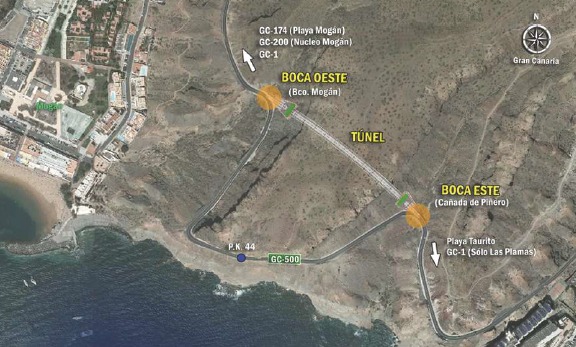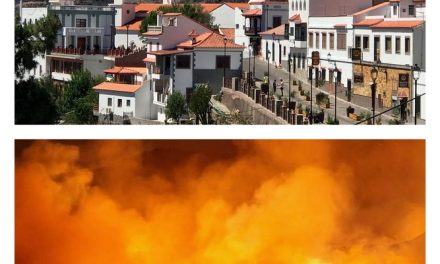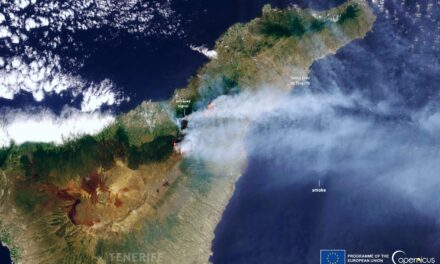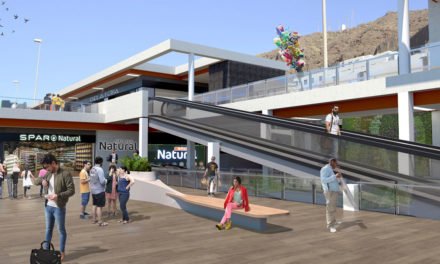The long-awaited Mogán Tunnel project, officially approved by the Canary Islands Government’s Department of Public Works, Housing, and Mobility, marks a significant milestone in restoring safe and efficient transportation between Taurito and Playa de Mogán, two key tourist areas on Gran Canaria. This project, spearheaded by Rosana Melián, the Director-General of Road Infrastructure, is set to transform local and visitor experiences by replacing a hazardous stretch of the GC-500 road that has been out of service due to severe landslides nearly five years ago.
Project Overview
The tunnel, to be constructed at kilometer 44+000 on the GC-500, will span 313 meters as part of an 870-meter roadway development. It will feature two lanes, each 3.5 meters wide, accommodating one-way traffic in each direction, separated by a one-meter-wide chevron zone. The design also includes external shoulders to enhance vehicular safety.
Safety and Accessibility Enhancements
The former road segment along the coast, notorious for frequent rockfalls and landslides, posed significant risks to motorists and cyclists. The new tunnel route avoids these perilous sections, offering a safer, inland alternative that promises to reduce travel times by 40%. This improvement is crucial not only for everyday convenience but also for emergency response effectiveness in these densely visited areas.
Economic and Social Impacts
The reconnection of Taurito and Playa de Mogán is expected to have substantial economic benefits, particularly for local businesses that have suffered since the road closure. Easier access will likely increase tourist visits, enhancing revenue for hotels, restaurants, and shops in both towns. The project also supports the local economy by potentially creating construction jobs and boosting demand for local services and materials.
 Environmental Considerations
Environmental Considerations
An integral part of the project, it is claimed, is its commitment to minimal environmental impact. The planned simplified environmental assessment aims to ensure that the construction and operation of the tunnel respect the surrounding natural habitats and archaeological sites, particularly near the Cañada de Los Gatos archaeological zone.
Community Response
Local residents and business owners have welcomed the announcement with relief and anticipation. For years, the community has advocated for a solution to the road closure, which disrupted not only the local economy but also the daily lives of those who travel between these two parts of the island.
Looking Forward
The next steps for the Mogán Tunnel include a simplified environmental evaluation and the subsequent tendering process, which the government aims to expedite. This development is not just about rebuilding a road but reconnecting a community and revitalizing an area that has been hindered by natural adversities.
The Mogán Tunnel is poised to become a crucial artery for Gran Canaria, enhancing the island’s appeal as a safe and accessible destination for both tourists and residents.
Green Light
The Canary Islands Government has officially approved the technical project for the construction of a new tunnel between Taurito and Playa de Mogán in the municipality of Mogán. This decision comes as a significant development in addressing the prolonged closure of a section of the GC-500 highway, which has been shut down since July 2017 due to multiple landslides, one of which nearly caused fatal injuries.
The approved tunnel project is set to enhance road safety by providing a direct route that bypasses a cliff area, which has been prone to frequent rockfalls. The new tunnel, measuring 313 meters in length as part of an 870-meter stretch of road, will feature two lanes (one in each direction), each 3.5 meters wide, along with a central chevron to separate traffic and outer shoulders for additional safety. This structure aims to significantly reduce the current detour that drivers and cyclists have to take via the GC-1 to reach Playa de Mogán, cutting travel time by up to 40%.
The estimated cost for the tunnel construction is projected to be over 13 million euros. In addition to the tunnel itself, the project plans include upgrading road access points to enhance visibility for drivers through expanded road shoulders and ditches.
Furthermore, the project will undergo a simplified environmental assessment to expedite the bidding process. This comes after the Gran Canaria Island Council’s Cultural Heritage Commission endorsed the tunnel’s construction near the Cañada de Los Gatos archaeological site, declared a Site of Cultural Interest (BIC). The plan must incorporate measures to protect this important cultural area and include environmental restoration efforts nearby.
For almost seven years, the affected road section has remained closed, leading to significant disruptions and complaints from local businesses and cycling groups. The construction of this tunnel not only promises to restore vital connectivity between these two key tourist areas but also enhances safety and accessibility, marking a crucial step forward in the region’s infrastructure development.
Timeline:
- July 2017: A significant landslide occurs on the GC-500 road between Taurito and Playa de Mogán. This event leads to the closure of this crucial section, severely impacting local traffic and tourism. The landslide nearly results in fatal injuries to a mother and her son, underscoring the dangerous conditions of the road.
- 2017-2019: Despite the road closure, there are reports of individuals bypassing the barriers on foot or by bicycle, leading to ongoing safety concerns. The area remains unstable with repeated minor rockfalls.
- February 2019: The local government responds to the continued public incursion by erecting more substantial barriers, including a wall of blocks at both ends of the affected area, to enhance safety and prevent unauthorized access.
- May 2022: The Gran Canaria Island Council’s Cultural Heritage Commission gives a favorable report for constructing a tunnel near the Cañada de Los Gatos archaeological site, recognizing the need to reconnect the two locales while ensuring the protection of cultural heritage.
- Early 2024: The Canary Islands Government, led by Rosana Melián from the Department of Public Works, Housing, and Mobility, advances the tunnel project. This period involves detailed planning and securing of funds estimated at over 13 million euros for the tunnel construction.
- April 30, 2024: The Canary Islands Government officially approves the technical project for the construction of the Mogán Tunnel, marking a critical milestone in resolving the longstanding disruption. The approval outlines a plan for a 313-meter tunnel as part of an 870-meter stretch of road, featuring modern safety and accessibility standards.
- Following Approval in 2024: The project is slated to undergo a simplified environmental assessment to expedite the bidding and construction processes.











